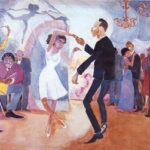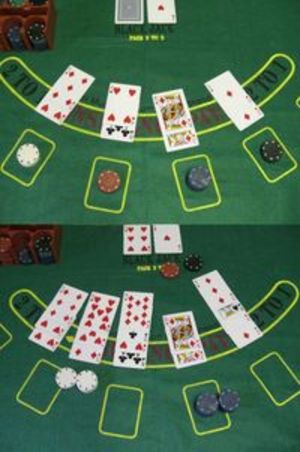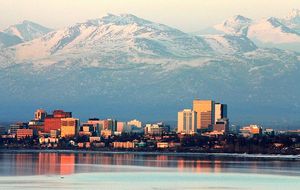Athol Fugard’s Master Harold and the Boys is written in South African context and the issue of apartheid is central in the play. The title itself is hierarchy creating because it uses Master to refer to whites and boys to refer to blacks. Fugard explores the dehumanizing effect of apartheid and urges for racial reconciliation and co-existence. Kite flying functions as a major symbol in this play. This kite flying symbol possesses both similar and different significances to Hally and Sam throughout the play.
At first, flying the kite to Hally signifies happiness and pride because it gave him something “to look up to” (21). Hally was depressed and dejected from a very early age as a result of his terrible, alcoholic father. Sam saw that this was not how a boy should grow up and so he built a kite with Hally so that he could have something to be proud of. When the kite was high up in the sky, it allowed Hally to forget about other things. The flying kite makes him feel free, dignified, and ultimately joyful. Hally at the time didn’t realize that it was strange to see a “little white boy and black man old enough to be his father, flying a kite”(21) and he didn’t realize that the reason Sam couldn’t stay with him was because it was a “whites only bench. The kite flying soon becomes a symbol of racial thinking to Hally. It’s evident throughout the play that Hally has been culturally shaped and conditioned to the ways of apartheid, however, the friendly and natural human relationship that Hally shares with Sam gives Hally a different view on the racial matter. The kite indirectly expresses Hally’s remorse when Sam declaims that Hally’s “going to be sitting up there by [himself] for a long time to come and there won’t be a kite in the sky” if he continues to support apartheid. This is a major truth or revelation that hits Hally straight in the face and Hally can’t deny it. It becomes hard for Hally to accept this truth and for this reason he insults Sam and Willie with crude disrespectful remarks. In the end, this truth that Sam elaborates with the flying kite ultimately fills Hally with shame for supporting apartheid and mistreating and disrespecting Sam. Hally feels ashamed about the way society is and how he has allowed himself to be corrupted by it.
The flying kite to Sam signifies the gap that exists between blacks and whites. This is made apparent when Sam says the reason he couldn’t sit with Hally was because it was a “whites only” bench. Also, when Sam had to leave Hally, the kite was tied to that “whites only” bench. This can be interpreted as blacks being held or controlled by whites. The kite also carries positive significance to Sam. It primarily signifies that there is hope in time to come to achieve harmony and put an end to racial thinking. This is because Sam and Hally work together on the kite and when it is high in the sky they “raised their heads to look at the flying kite”. For this reason the kite symbolizes the joint efforts of blacks and whites to Sam. The kite acts as a symbol of hope where both blacks and whites can stand together and hold their heads high with dignity and self respect.
In the end, the kite flying to Sam and Hally serves as a symbol of racial unity because both of them say it is “only possible to fly a kite in good weather” (34). This means that peace and harmony can only be achieved if blacks and whites are on good terms and are considered equal members of the same society. Fugard uses the kite throughout the play to emphasize the co-existence of different races and an end to racism and segregation.
Works Cited:
Fugard, Athol. Master Harold and the Boys. New York: A.A. Knopf, 1982. Print.




